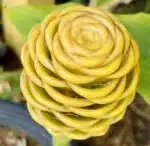
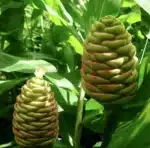

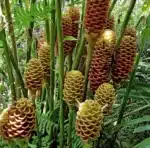

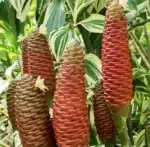

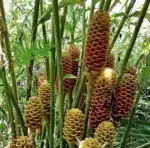
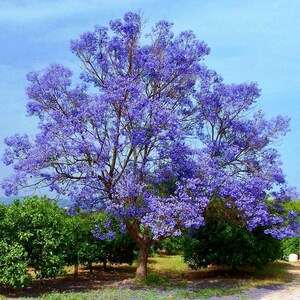
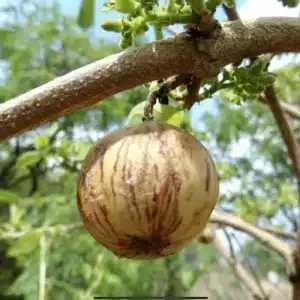
Pinecone ginger (Zingiber zerumbet) Ornamental Live Plant 10”-20”
$80.00 Original price was: $80.00.$39.99Current price is: $39.99.
Pinecone ginger, scientifically known as Zingiber zerumbet, is a tropical plant known for its striking cone-shaped flower heads and vibrant foliage. Native to Southeast Asia, this perennial plant adds a touch of exotic beauty to any garden or landscape. The flower heads, composed of colorful bracts, resemble miniature pinecones and attract butterflies and hummingbirds. The glossy, lance-shaped leaves contribute to its lush appearance. Pinecone ginger prefers partial shade and well-drained soil, requiring regular watering to keep the soil moist. Aside from its ornamental value, this plant holds traditional medicinal uses in some cultures. The rhizomes are believed to have anti-inflammatory and digestive properties. Pinecone ginger is a captivating addition to any tropical or subtropical garden, infusing it with its unique charm and delightful fragrance.
Pinecone ginger, scientifically known as Zingiber zerumbet, is a tropical perennial plant that belongs to the ginger family, Zingiberaceae. Despite its name, it is not a true ginger, but rather a close relative. This unique plant is native to Southeast Asia and is highly valued for its striking appearance and aromatic qualities.
The most distinctive feature of the pinecone ginger plant is its cone-like flower heads that resemble miniature pinecones, hence the name. These flower heads are composed of overlapping bracts in shades of red, pink, or cream, surrounding small yellow flowers. The flowers are pollinated by insects and attract butterflies and hummingbirds, adding to the plant’s beauty and ecological value.
The foliage of the pinecone ginger is equally attractive. The long, lance-shaped leaves are bright green and have a glossy texture, adding a lush and tropical feel to any garden. The plant can reach a height of 4 to 6 feet (1.2 to 1.8 meters) and spreads through rhizomes, forming dense clumps over time.
Pinecone ginger is relatively easy to grow and requires a warm and humid climate. It prefers partial shade or filtered sunlight and well-drained, fertile soil. Regular watering is necessary to keep the soil consistently moist, especially during dry periods. Mulching around the plant can help retain moisture and suppress weed growth.
One interesting fact about pinecone ginger is its traditional medicinal uses. In some cultures, the rhizomes of the plant are used in herbal remedies to alleviate various ailments such as inflammation, digestive issues, and joint pain. The rhizomes are also known for their aromatic properties and are sometimes used in perfumes or potpourri.
In conclusion, pinecone ginger is a stunning tropical plant with cone-like flower heads and vibrant foliage. Its unique appearance and fragrant blooms make it a popular choice for ornamental gardens. With the right growing conditions and proper care, this plant can thrive and bring a touch of exotic beauty to any landscape. Whether grown for its visual appeal or its traditional medicinal uses, pinecone ginger is sure to captivate the senses and add a tropical touch to your outdoor space.
To grow pinecone ginger (Zingiber zerumbet) quickly and successfully, follow these steps:
- Choose a suitable location: Select a spot that receives partial shade or filtered sunlight. Pinecone ginger prefers protection from direct sunlight, especially during the hottest parts of the day.
- Prepare the soil: Ensure the soil is well-drained, fertile, and rich in organic matter. If the soil is heavy or compacted, amend it with compost or well-rotted manure to improve its texture and nutrient content.
- Planting: Dig a hole slightly larger than the root ball of the plant. Place the plant in the hole, ensuring that the crown is level with the soil surface. Backfill the hole with soil and gently firm it around the roots. Water thoroughly after planting.
- Watering: Pinecone ginger requires regular watering to maintain moist soil. Water deeply but avoid overwatering, as it can lead to root rot. During dry spells, water more frequently to prevent the soil from drying out completely.
- Mulching: Apply a layer of organic mulch around the base of the plant to help retain moisture, suppress weed growth, and provide insulation to the roots. Maintain a mulch depth of 2-3 inches, keeping it a few inches away from the plant’s stem.
- Fertilization: Feed the plant with a balanced, slow-release fertilizer once in early spring and again in midsummer. Follow the package instructions for the appropriate application rate. Avoid excessive fertilization, as it can result in lush foliage but fewer flowers.
- Pruning: Trim off any damaged or dead leaves to maintain the plant’s appearance and overall health. Pruning is best done after the flowering period.
- Pest and disease control: Monitor the plant for common pests like aphids or mealybugs and apply appropriate organic or chemical controls if necessary. Ensure good air circulation around the plant to prevent fungal diseases.
By following these guidelines, providing adequate water, and creating suitable growing conditions, you can encourage the rapid growth of your pinecone ginger plant, resulting in a lush, vibrant display of its unique cone-shaped flowers and foliage.
| Weight | 10 oz |
|---|---|
| Dimensions | 22 × 4 × 4 in |
| Planting Bag + Soil |
Planting bag + Soil ,I have soil and container |
Related products
Vainilla (Vanilla planifolia) floral fragrance living plant
Moon Orchids (Phalaenopsis amabilis) live plant 12″ inches
Jacaranda blue tree (jacaranda mimosifolia) tropical super exotic tree 8”-18”
Ball Nut / Alexandrian laurel (Calophyllum inophyllum) Tropical Live Tree 12”- 24”
Moso Bamboo (Phyllostachys edulis) big live plant
Phyllostachys edulis, commonly known as Moso Bamboo or Giant Timber Bamboo, is a remarkable bamboo species that has gained popularity for its impressive size, versatility, and various uses. If you’re considering adding this majestic bamboo variety to your garden or landscape, let’s delve into its description, care requirements, and its interesting attributes.
Interesting Fact: Moso Bamboo is not only known for its impressive size but also for its remarkable growth rate. It holds the Guinness World Record for being the fastest-growing plant on Earth. In optimal conditions, Moso Bamboo can grow up to 47 inches (120 centimeters) in a single day, which equates to nearly 2 inches (5 centimeters) per hour. This astonishing growth rate is attributed to its unique cellular structure and ability to absorb copious amounts of water and nutrients.

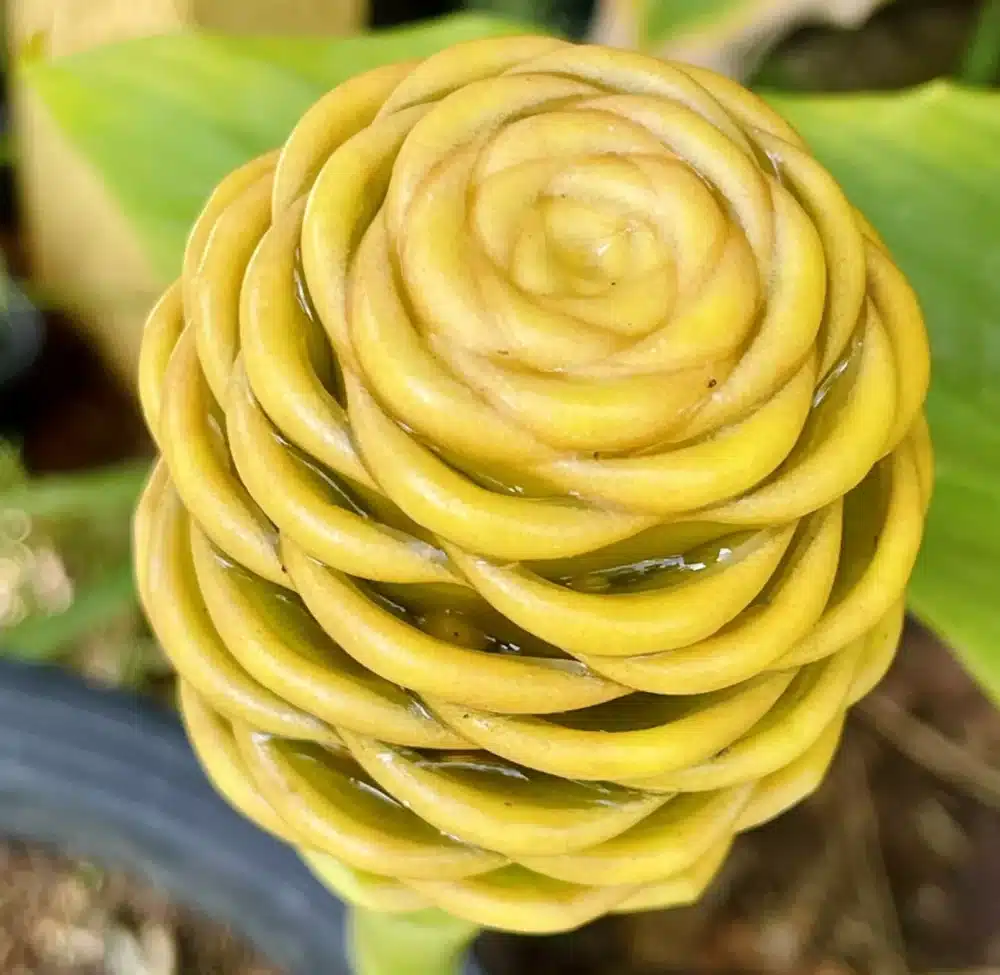
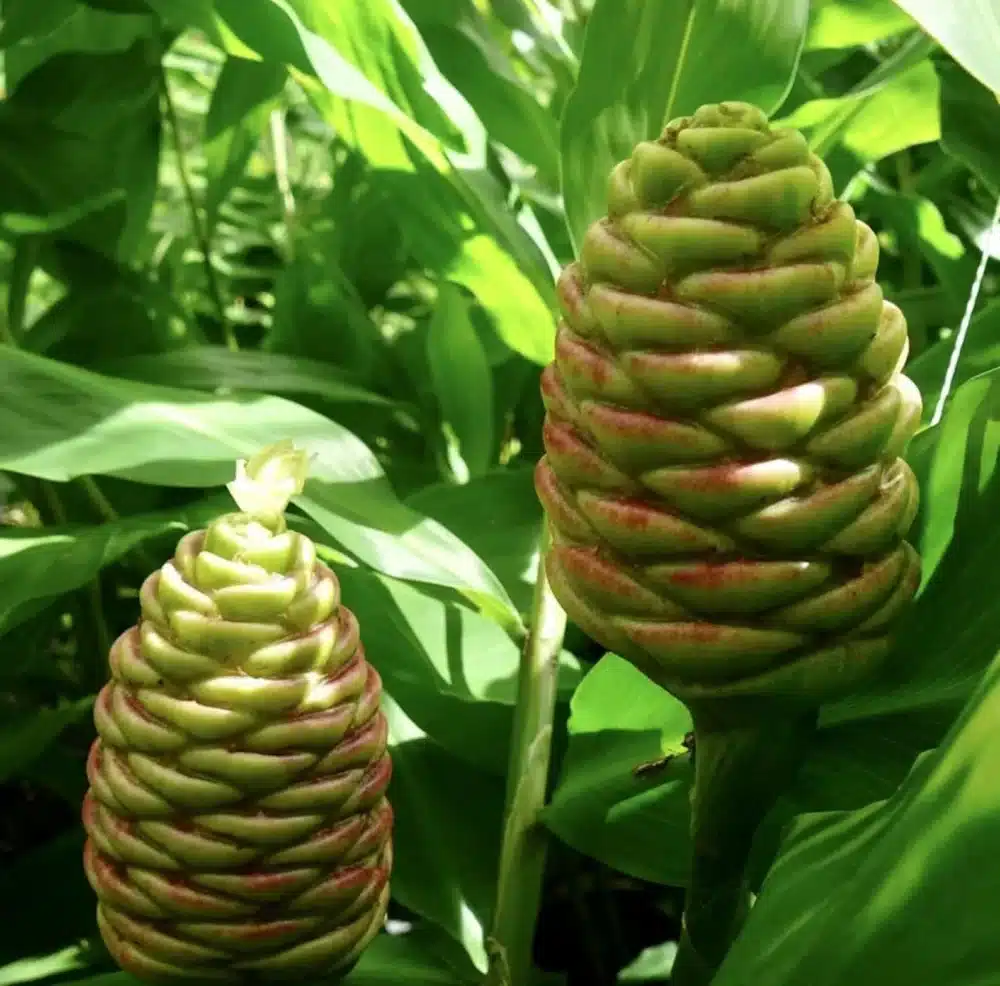
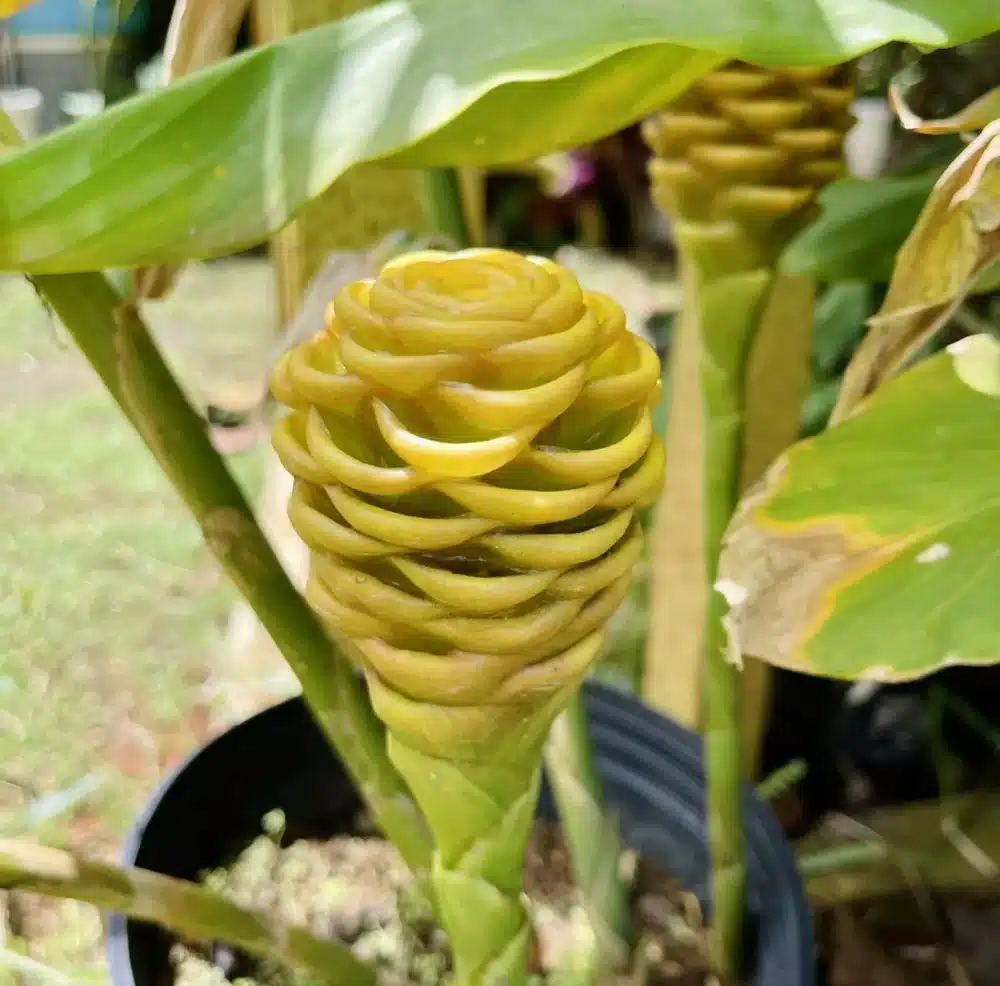
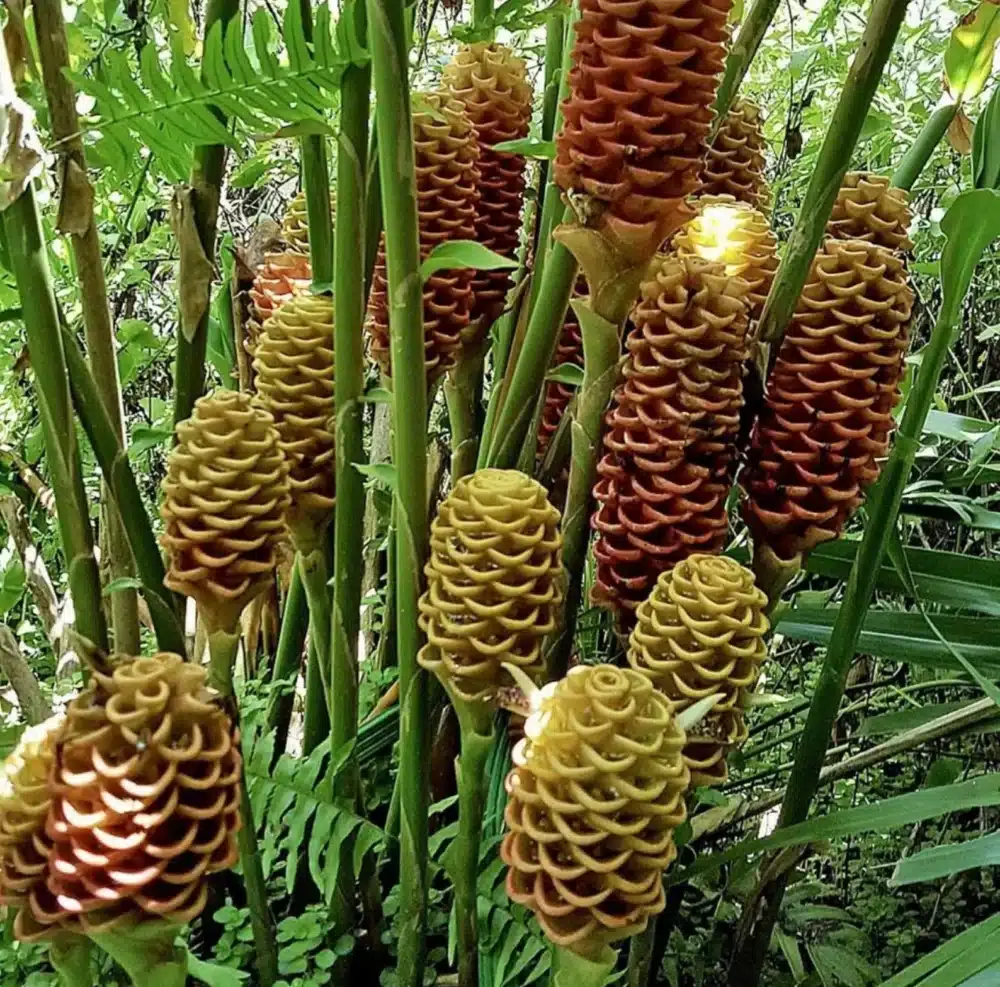
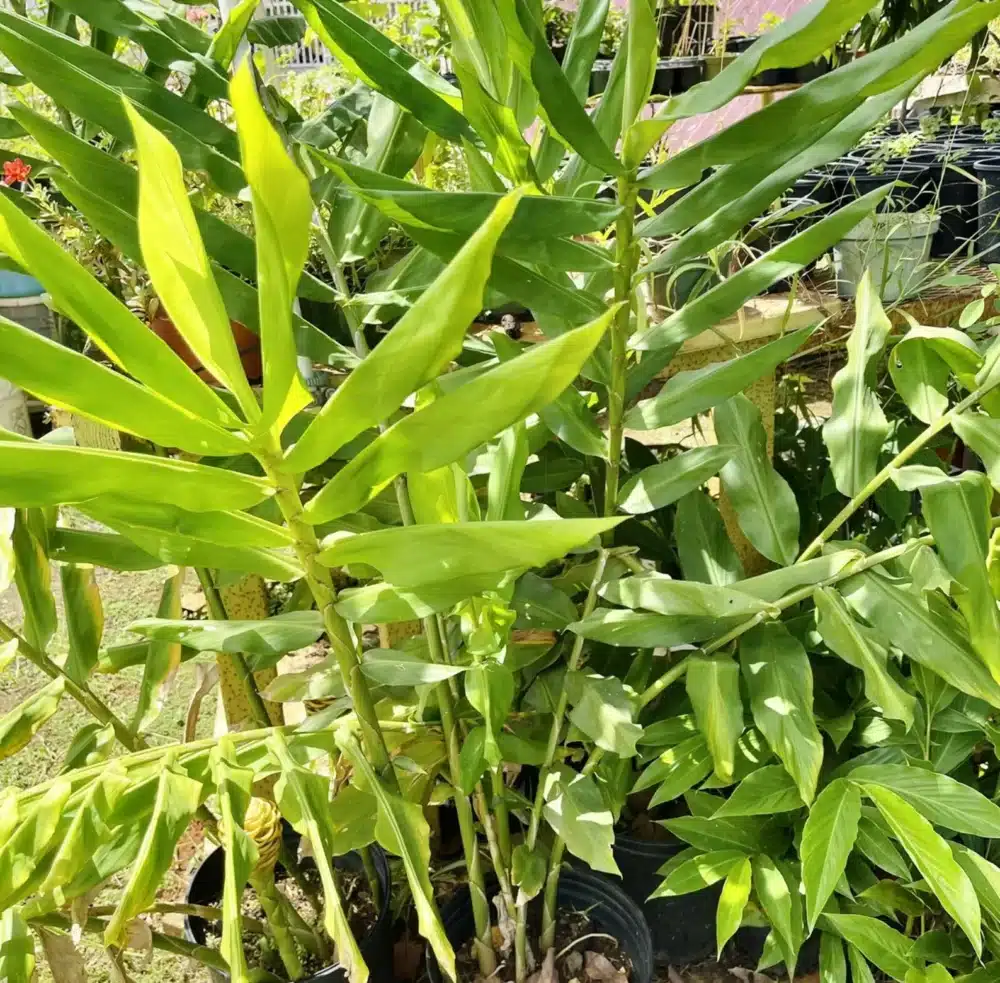

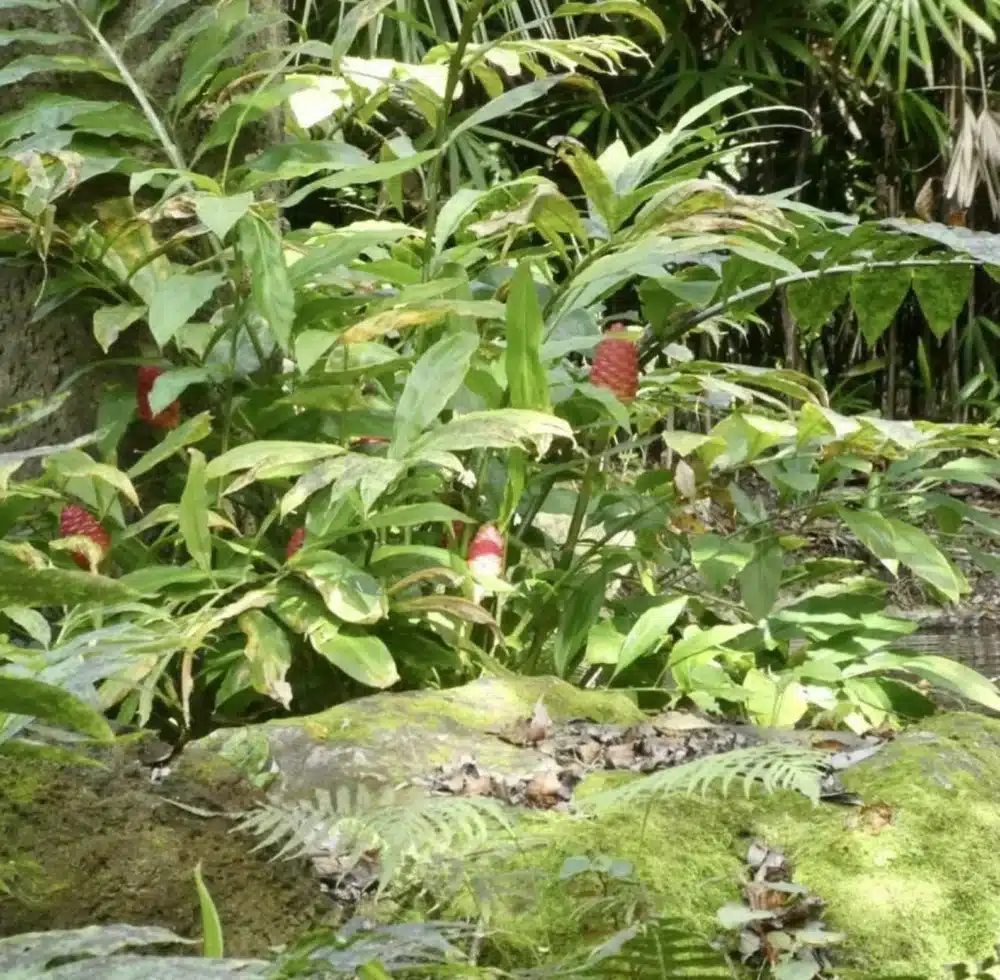
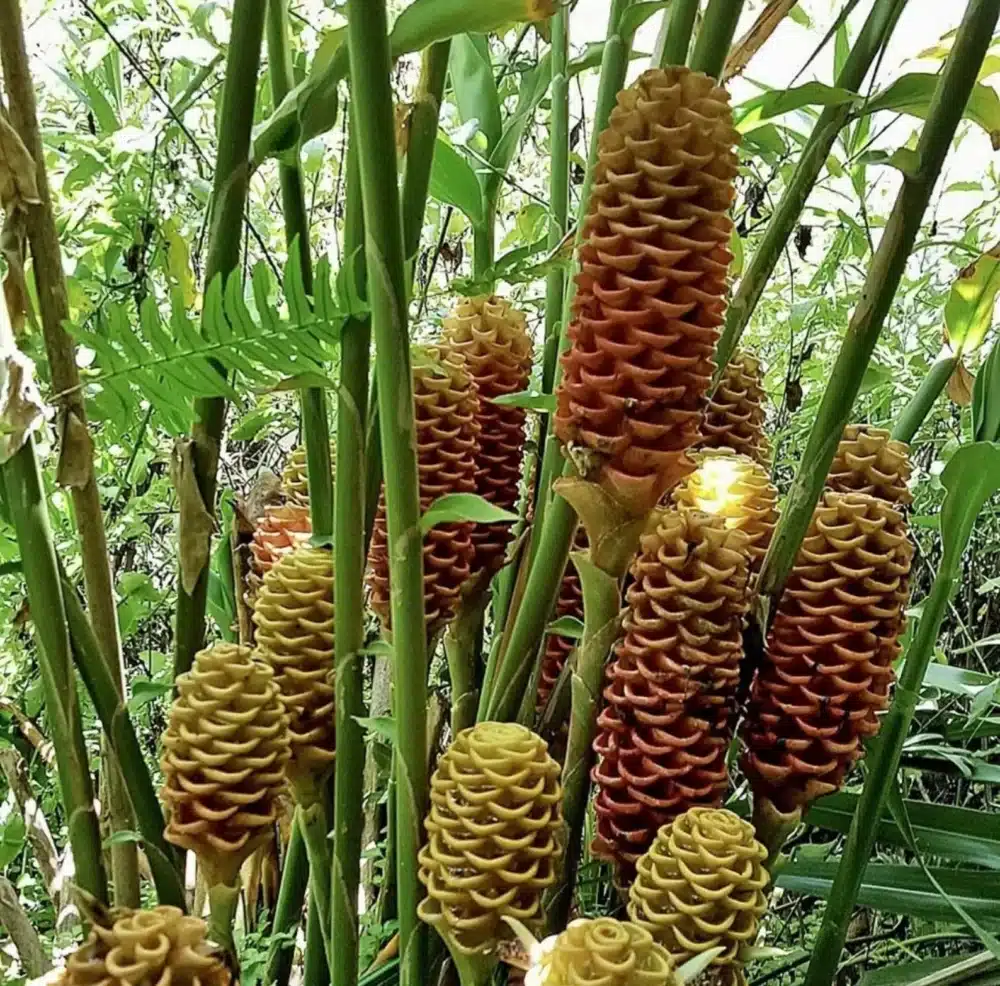
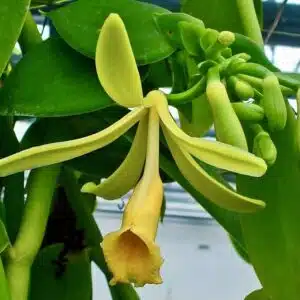
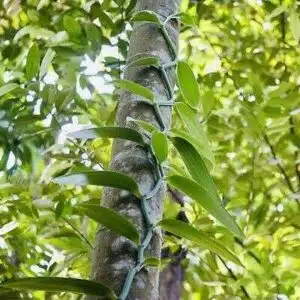
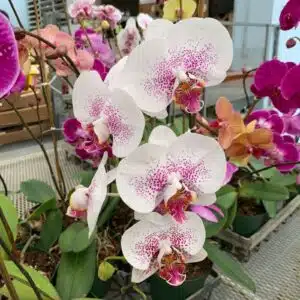
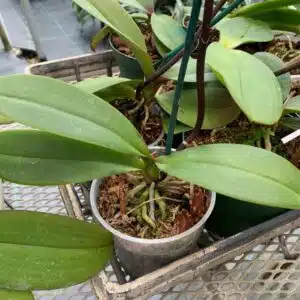
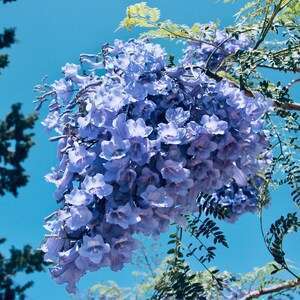
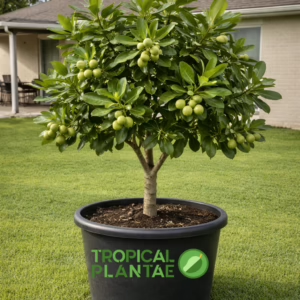
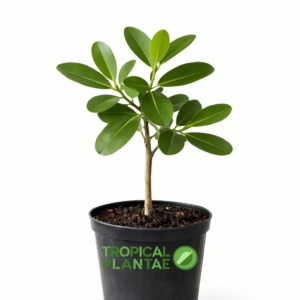
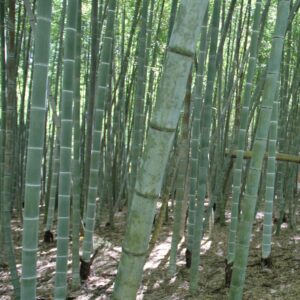



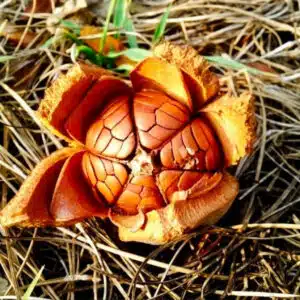
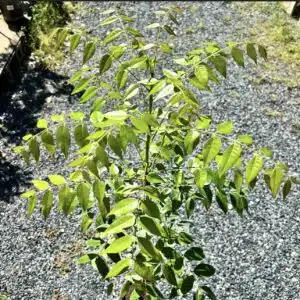
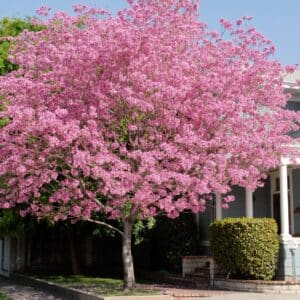
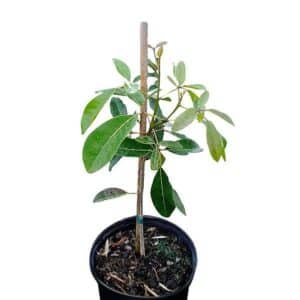
Reviews
There are no reviews yet.